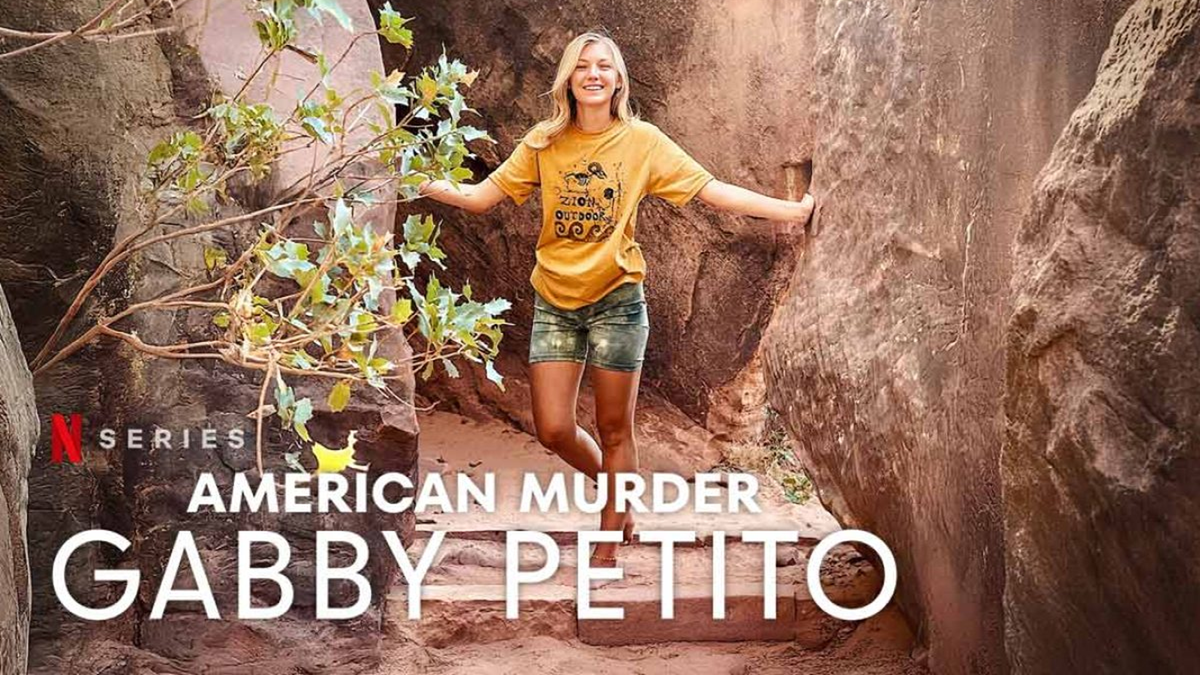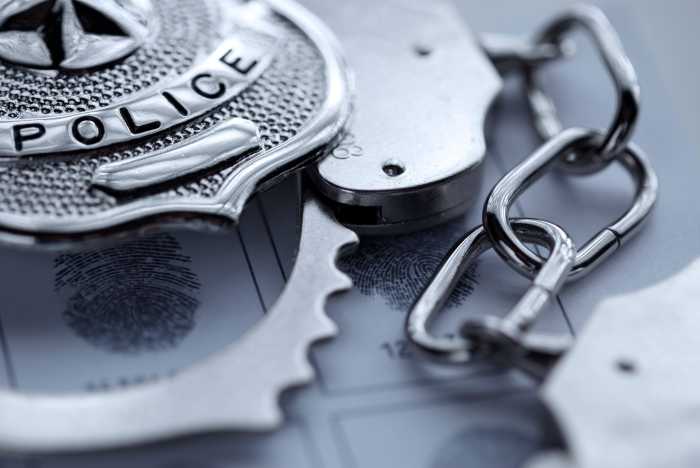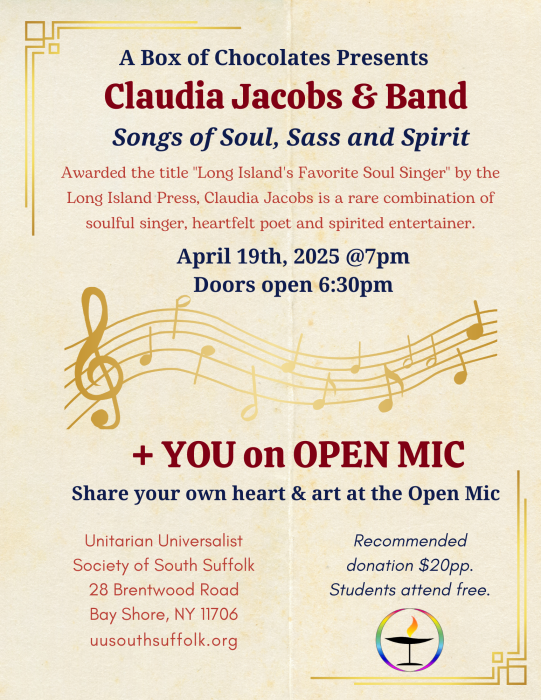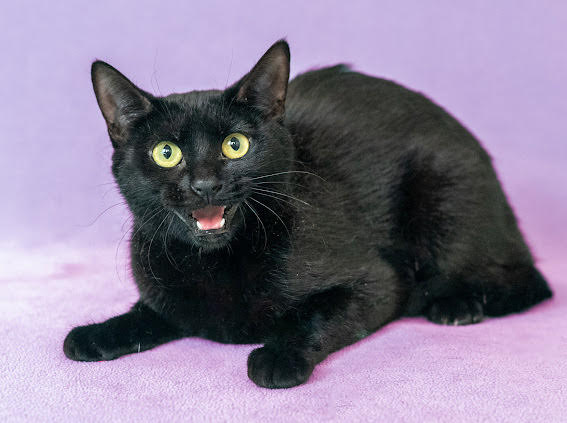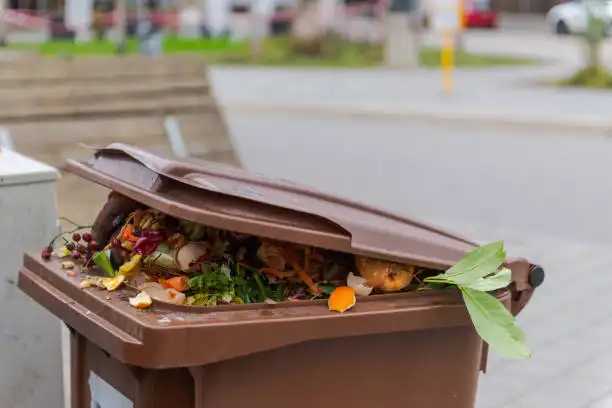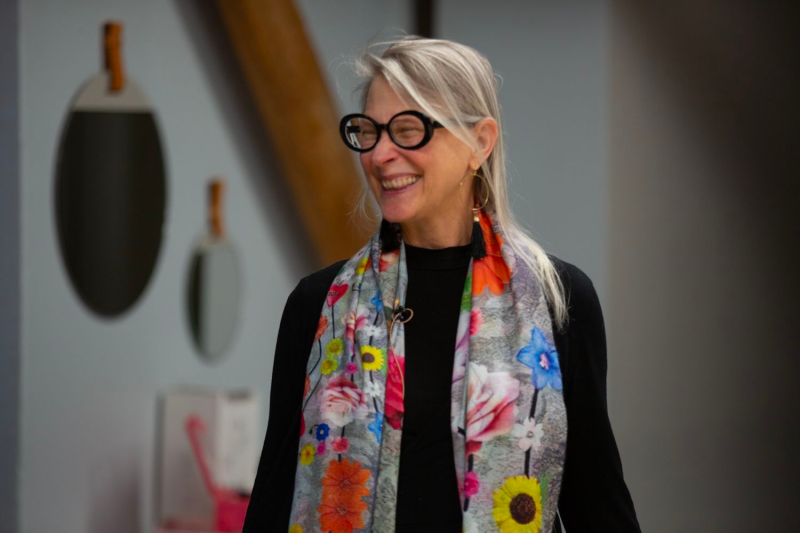Gabby Petito was a Long Island native who attended Bayport-Blue Point High School. She grew up 15 minutes from me, and I am currently the same age she was at the time of her death.
The chilling true crime story that shocked the nation first-hand in a 2021 social media frenzy has resurfaced in a documentary-style Netflix special. Since its release on February 17, “American Murder: Gabby Petito” has captivated audiences, reigniting conversations online. Accumulating nearly 31 million views in its first week, the three-episode documentary reconstructs the heartbreaking saga of Gabby Petito’s final days and untimely fate. Through police body-worn camera footage, home videos, her own recordings, and testimonies from loved ones, her story was brought to life on the screen.
Our similarities amplified my empathy for her. From the documentary, I learned that she had a creative and ambitious spirit, often creating surreal drawings. She had a big heart with lots of love to give and unknowingly bestowed it upon the wrong person.
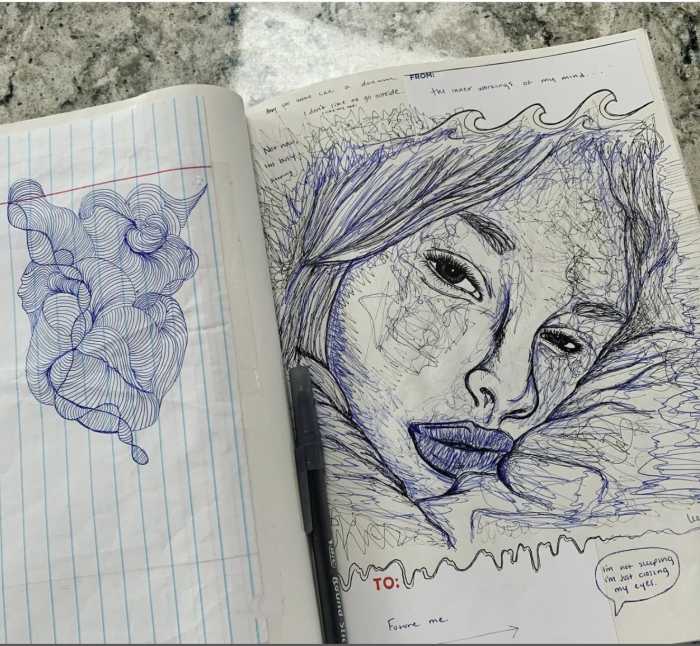
At the time of Gabby’s disappearance, social media had a massive impact on the search. Millions of users took to TikTok, sharing potential evidence on the case and piecing it together as a community. Miraculously, footage from travel vloggers unveiled the last known location of Gabby’s van, providing the FBI with a more concise search area, leading them to the scene of Gabby’s remains. If it weren’t for this nationwide sensation, this case could’ve gone unnoticed as the thousands of similar cases reported daily often do.
According to the most recent National Missing and Unidentified Persons System January 2025 Monthly Case Report, 25,566 active missing persons cases currently exist. Not one has gained the attention that Gabby did and still has years later.
The term “Missing White Woman Syndrome,” coined by journalist Gwen Ifill, describes the disproportionate media attention provided to white women compared to missing people of color. Following this criteria, Gabby’s story grasped the media’s attention almost overnight.
It was an eerie feeling to watch that documentary, realizing how many video clips and social media posts exist that reconstruct her story. At that time, these posts portrayed Gabby and Brian Laundrie as the happiest couple in the world. If this isn’t an example of social media creating an altered reality, I don’t know what is.
When I think about Gabby and Brian’s relationship, I picture a narcissistic boyfriend taking advantage of a sweet, loving girl. He meticulously isolated Gabby from her family, friends, and hometown to strip her independence clean.
My eyebrows raised upon hearing the retelling of how they first met. Who pulls over on the side of the road to approach a person they’ve never met before? They claimed fate brought them together, but I found it to be a bit creepy.
I watched each episode in horror. The signs of abuse, which were evident in hindsight, were ignored for too long. It’s terrifying how quickly something innocent can become so sinister.
There were clips of Gabby filming her life, smiling and laughing—and I saw myself, my friends, and my little sister. Gabby was like many of us: captivated by a love that felt like a fairytale, only to lose herself.
The most unsettling character in this crime was Brian’s mother, Roberta. Giving her son a cryptic letter titled “Burn After Reading,” offering to “show up with a shovel and garbage bags” should he “need to dispose of a body.”
I’ve spent time in the comment section on Gabby’s YouTube video and Instagram posts, where hundreds of women have gathered to share their personal stories. Her story has given countless victims the courage to leave their abusers.
Gabby’s parents founded The Gabby Petito Foundation to address the needs of organizations that support the location of missing persons and to provide aid to domestic violence victims.
“The Gabby Petito Act,” was implemented, mandating law enforcement officers to conduct a lethality assessment protocol (LAP) for all reported domestic violence incidents. Gabby’s legacy lives on.
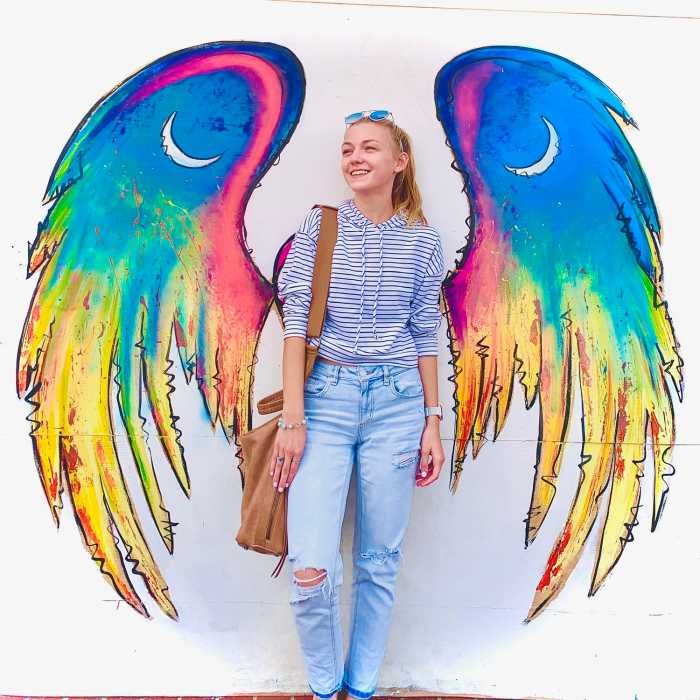
If there’s one truth in all of this, it’s that the world lacks empathy. I can’t help but imagine that if someone had been there to offer a shoulder to cry on, things could have turned out differently. Friendships are essential for navigating this twisted 21st-century world of dating. I’ve had friends who faced potentially dangerous situations. One never knows who they’re interacting with online or in person. Determining when it’s safe to let your guard down isn’t easy. Having a partner should be just that: someone who is on your side and wants to bring out the best in you. At the first sign of violence, take it as a signal to reevaluate the situation.
Gabby Petito was simply a girl who wanted to travel the world—like so many. Her story reminds us that love should never cost us autonomy, dreams, or our lives.
The National Domestic Violence Hotline offers free, confidential support. Call 1-800-799-SAFE (7233). Text “START” to 88788. Chat live at thehotline.org.



